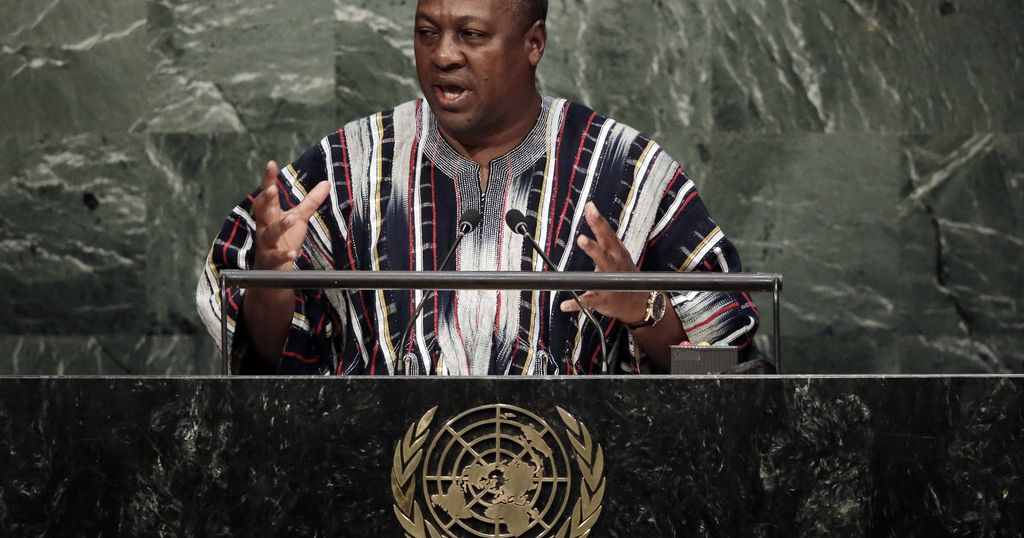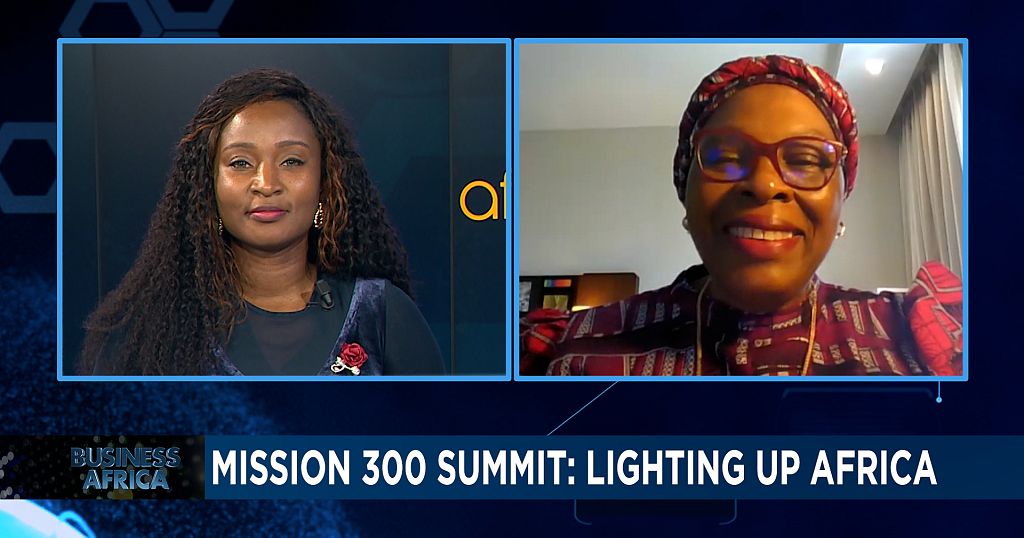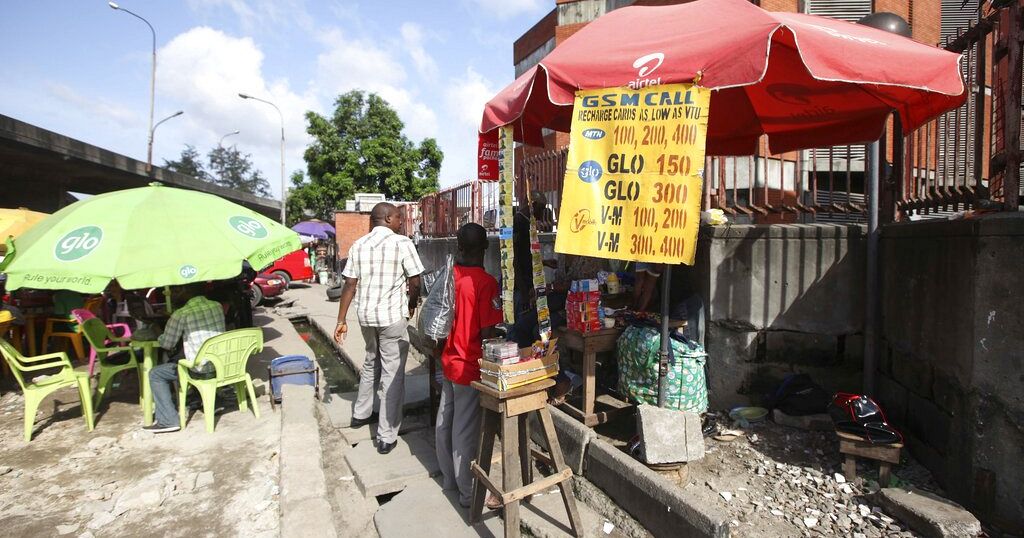On 25 July 2020, MV Wakashio, a Japanese bulk carrier with an estimated haulage of 4,000 tons of very low sulphur fuel oil (VLSF), ran aground at Pointe d’Esny, near the iconic Blue Bay Marine Park in the Indian Ocean island nation of Mauritius.
The ship, operated by Japanese firm Mitsui OSK Lines, started to leak several days later, polluting the UNESCO- protected marine park, leading the Mauritian authorities to declare an “environmental emergency”.
Mangroves, seagrass, dolphins, turtles, fish and the entire marine life ecosystem in the Blue Bay vicinity has been badly exposed and the ecological damage is yet to be quantified. The MV Wakashio incident has now become one of the worst environmental disasters not just in Mauritian history, but also in the entire Western Indian Ocean archives.
Ten years ago, on the night of 20 April 2010, the Deepwater Horizon oil spill in the Gulf of Mexico on the BP-operated Macondo Prospect, became the largest oil spill in history. These two critical incidents, 10 years apart, have highlighted the importance of oceans as a frontier for commerce and environmental protection.
Both incidents highlight the fragile nature of ocean ecosystems teeming with inimitable marine life and underscore the inherent dangers and hazards posed by pollution for the Blue Economy.
The International Union for the Conservation of Nature (IUCN) says that more than 70% of the planet’s surface is covered by the oceans and only 7.4% of it is protected.
The Global Assessment Report on Biodiversity and Ecosystems Services, published by the Intergovernmental Science Policy Platform on Biodiversity and Ecosystem Services (IPBES), estimates that owing to rapid development, 100-300m people are at an increased risk of floods and hurricanes brought about by the loss of coastal habitats and protection. The damage and destruction visited on Mozambique, Malawi, Zimbabwe
and Namibia by Cyclone Idai is still
fresh.
“Plastic pollution has increased tenfold since 1980, 300-400m tons of heavy metals, solvents, toxic sludge and other waste from industrial facilities are dumped annually into the world’s waters and fertilisers entering coastal ecosystems have produced more than 400 ocean ‘dead zones’ totalling more than 245,000 square kilometres,” notes the IPBES in its assessment.
To this end, the protection of critical ocean ecosystems such as coastal wetlands, seamounts, seagrass beds, tropical coral reefs and deep-water cold coral reefs, was prioritised under the marine protected areas (MPAs) approach. MPAs have been proven to be efficient tools to protect marine biodiversity and the ecological processes, as well as for managing related human activities.
When it comes to Marine Protected Areas (MPAs), Africa and especially the east-coast rim, well known as the Western Indian Ocean littoral, have ample lessons to share with the world.
In the Western Indian Ocean, MPAs trace their origins to some 54 years ago when the first such area was gazetted at Nosy Tanikelly in Madagascar in 1966. Kenya followed suit when it gazetted three MPAs in 1968. Tanzania set up its own in 1969.
Currently, there are 74 gazetted Marine Protected Areas covering 133,273 sq km in the Western Indian Ocean. These are government-funded and run under the top-down approach where the government has the conservation mandate.
The emerging trend, however, seems to favour the smaller and effective ‘bottom-up’ approach now known as community-managed marine parks, over the large government-run ones. Community marine parks’ success stories continue to increase. Madagascar hosts 35 community marine parks. Today Kenya boasts 14 community-run marine areas, complementing the government’s nine MPAs.
According to the Western Indian Ocean Marine Science Association (WIOMSA), the region has 63 community-managed marine parks spread across Kenya, Madagascar, Mozambique and Tanzania covering some 15,649 sq km.
This is the equivalent of 3.8% of the Western Indian Ocean. Barren Isles Archipelago in Madagascar, created in 2014, remains the largest community marine park covering some 4,300 sq km.
“Climate change has taught us great lessons about the oceans and we cannot just say ‘let us take everything and exploit it.’ The sea is not just some space for exploitation. It is a space for development,” says Jean Paul Adam, who heads the African Climate Policy Centre at the UN’s Economic Commission for Africa (UNECA).
“The challenge is on us to promote and empower island and coastal nations to be able to use the oceans sustainably. To use the oceans sustainably we must create more marine protected areas. It does not mean we must not fish. It means we create more marine protected areas to spawn more fish so that we can earn more from the same amount of fish or from less
fish.”




![The Okwelians: Unlocking New Economic Paths for Cameroon [Business Africa]](https://static.euronews.com/articles/stories/09/12/73/92/1024x538_cmsv2_85da6520-a13b-50c2-b20b-6172b1388b3a-9127392.jpg)

